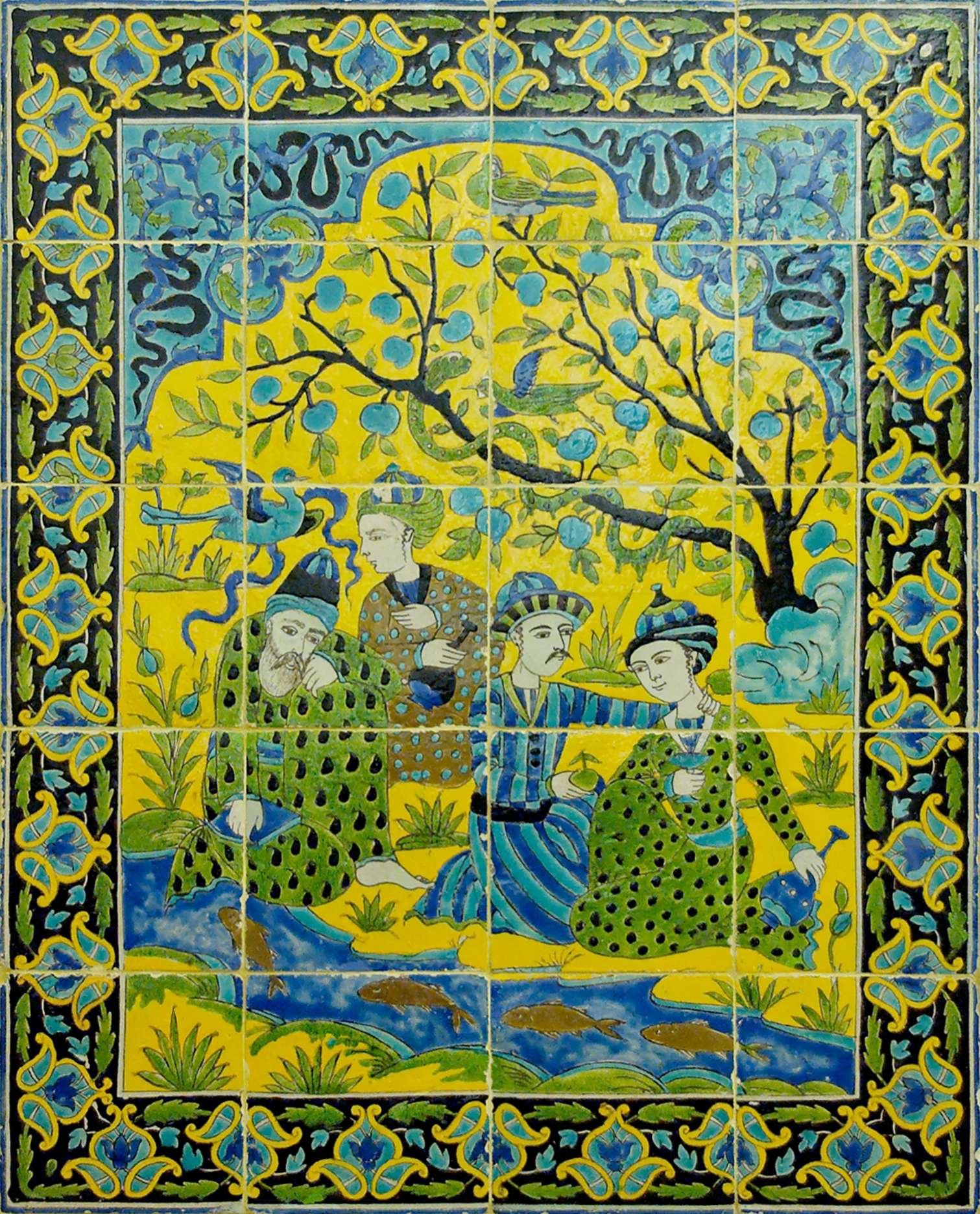The Louvre Museum in Paris houses an impressive collection of biblical artifacts, offering visitors a unique glimpse into the ancient world of the Bible. From the famous Mesha Stele to intricate Phoenician inscriptions, these artifacts provide tangible connections to biblical history. The museum’s collection spans various periods and cultures, showcasing archaeological evidence that corroborates biblical accounts and enhances our understanding of ancient Near Eastern civilizations.
What Biblical Artifacts Can Be Found at the Louvre Museum?

The Louvre Museum boasts a diverse array of biblical artifacts, each offering unique insights into the historical and cultural context of the Bible. Here are some of the most notable pieces:
-
The Mesha Stele (Moabite Stone): Discovered in 1868 in Dhiban, Jordan, this stele is one of the most significant biblical artifacts in the Louvre. It provides historical evidence of the Kingdom of Moab and mentions the House of David, confirming biblical accounts.
-
Artifacts from the Royal Palace of Susa: The museum houses furnishings from the Persian royal palace built by King Darius I, who is mentioned in the Bible for assisting the Jews in rebuilding Jerusalem’s Temple.
-
The Jezebel Seal: An unprovenanced seal discovered in 1964, bearing the name of Queen Jezebel. It features a sphinx and shows Phoenician stylistic consistency with links to Egypt.
-
The Bodashtart Inscription: Part of the Louvre’s Phoenician collection, this inscription is another significant artifact related to biblical history.
-
Code of Hammurabi: While not exclusively biblical, this ancient legal code provides valuable context for understanding the legal and cultural environment of the ancient Near East.
How Does the Louvre’s Religious Art Section Enhance Biblical Understanding?

The Louvre’s religious art section offers a rich tapestry of artifacts that illuminate various aspects of biblical history and early Christianity:
Ancient Christian Artifacts
- Gilded glass piece depicting the Prophet Jonah
- 6th-7th century processional cross in silvered bronze
- Sarcophagi with scenes like Christ teaching the Twelve Apostles
These artifacts showcase early Christian symbolism and artistry, providing insights into the development of Christian iconography and religious practices.
Archaeological Evidence
While the Louvre doesn’t specifically house biblical manuscripts, many of its artifacts corroborate biblical accounts. The Mesha Stele and other inscriptions offer archaeological evidence supporting the historical accuracy of the Bible.
Preservation and Display
Many of these artifacts were discovered during French archaeological excavations in the Near East. The Louvre ensures careful preservation and display of these priceless pieces, allowing visitors to experience them firsthand.
What Are the Logistical Details for Visiting the Louvre’s Biblical Artifacts?
To make the most of your visit to the Louvre’s biblical artifacts, consider the following information:
| Detail | Information |
|---|---|
| Opening Hours | 9:00 AM to 6:00 PM (Extended hours on Wednesdays and Fridays until 9:45 PM) |
| Closed Days | Tuesdays, December 25, January 1 |
| General Admission | Approximately €18 |
| Guided Tours | ‘Accuracy of the Bible Tour’ available in English (2 hours) |
Tips for Visitors:
- Book tickets in advance, especially for popular tours and peak seasons
- Arrive early or visit during less busy times to avoid crowds
- Check the museum’s website for any temporary relocations or restorations of specific artifacts
What Challenges Might Visitors Face When Exploring Biblical Artifacts at the Louvre?
While the Louvre offers an unparalleled experience for those interested in biblical artifacts, there are some challenges to be aware of:
-
Crowds: As one of the world’s most popular museums, the Louvre can get very crowded, especially during peak tourist seasons.
-
Size of the Museum: The Louvre is vast, and locating specific artifacts can be time-consuming without proper planning.
-
Limited Time: With so much to see, visitors may find it challenging to allocate enough time for in-depth exploration of biblical artifacts.
-
Language Barriers: While many tours and information panels are available in multiple languages, some visitors may still encounter language difficulties.
Accessibility Solutions:
To address these challenges, the Louvre offers:
- Audio guides in multiple languages
- Wheelchair accessibility throughout the museum
- Guided tours focusing on specific themes, including biblical artifacts
- Online resources for pre-visit planning
How Does the Louvre Contribute to Biblical Archaeology?
The Louvre’s collection of biblical artifacts plays a crucial role in the field of biblical archaeology:
-
Preservation: The museum ensures the careful preservation of ancient artifacts, protecting them for future generations of scholars and visitors.
-
Research: The Louvre’s artifacts are subject to ongoing research, contributing to our understanding of biblical history and ancient Near Eastern cultures.
-
Public Education: Through its displays and guided tours, the Louvre educates the public about the historical context of the Bible and the archaeological evidence supporting biblical accounts.
-
Collaboration: The museum collaborates with other institutions, such as the Bible Lands Museum in Jerusalem, to host special exhibitions that further illuminate biblical history.
What Future Developments Can We Expect for Biblical Artifacts at the Louvre?
While specific future plans are not publicly detailed, visitors can generally expect:
- Ongoing research and potential new discoveries related to existing artifacts
- Possible acquisitions of new biblical artifacts to expand the collection
- Enhanced digital experiences to make the artifacts more accessible to a global audience
- Continued collaboration with other museums and institutions for special exhibitions
The Louvre’s collection of biblical artifacts offers a unique window into the ancient world of the Bible. Whether you’re a scholar, a history enthusiast, or simply curious about biblical history, the Louvre provides an unparalleled opportunity to explore tangible connections to the past. By carefully preserving and displaying these artifacts, the museum continues to play a vital role in enhancing our understanding of biblical history and the ancient Near East.
References:
- https://armstronginstitute.org/712-touring-the-bible-at-the-louvre-museum
- https://www.newliturgicalmovement.org/2016/04/ancient-christian-artifacts-at-louvre.html
- https://mybibletour.com/tour/louvre-tour-lt01-english/
- https://www.louvre.fr/en/explore/the-palace/from-palace-to-museum
- https://www.timesofisrael.com/louvre-displays-unrivaled-collection-of-torah-arks/

